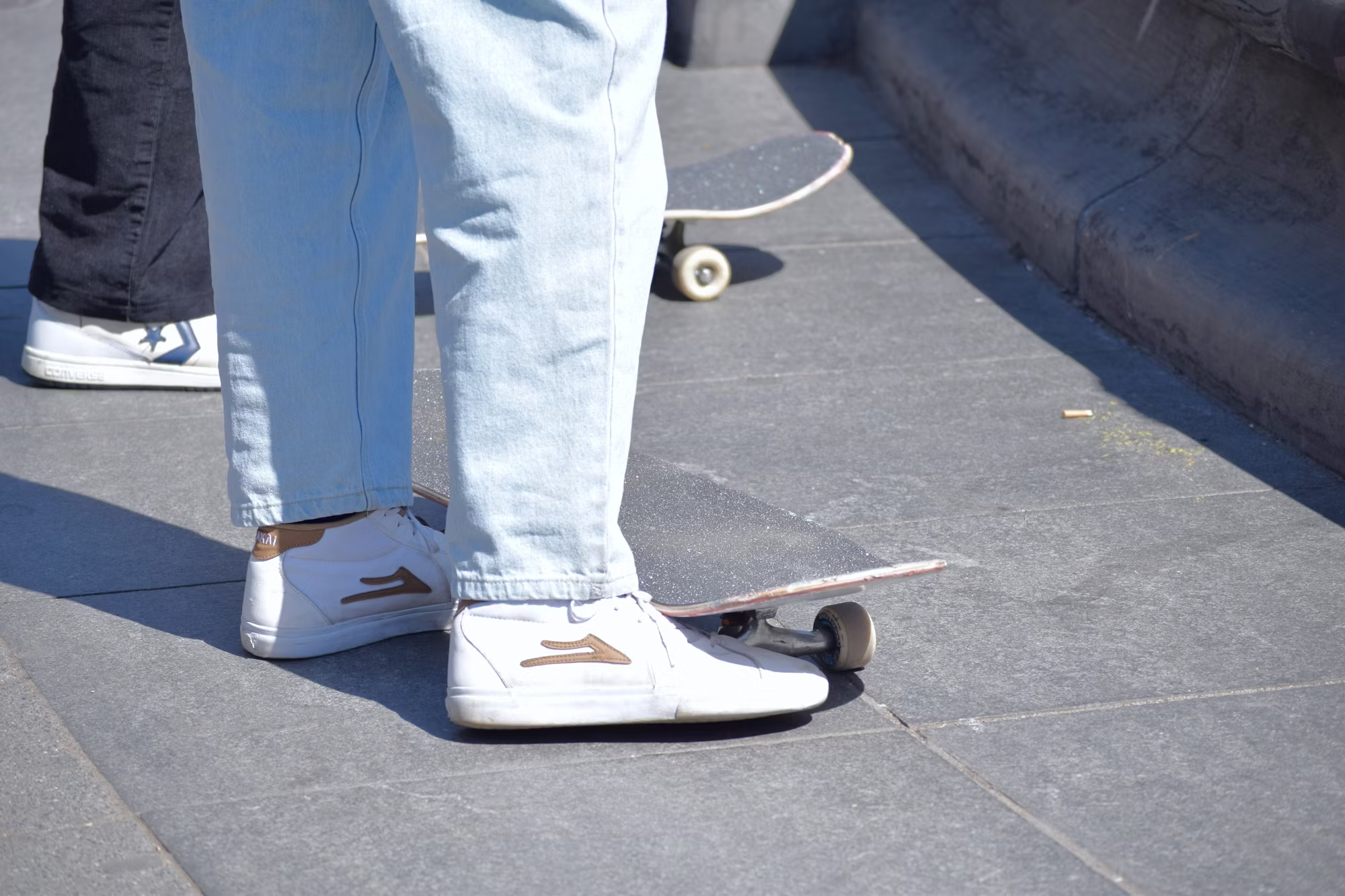A Comprehensive Guide to Noodling: Techniques, Tips, and Best Practices
This article explores the fascinating sport of noodling, detailing techniques, safety tips, and the

Noodling, the unique art of catching catfish by hand, has deep roots in various fishing cultures, particularly in the southern United States. This method involves using one’s bare hands to locate and catch catfish in shallow waters, often during the warmer months when these fish seek shelter in natural hollows. Noodling combines elements of strategy, skill, and a touch of bravery, making it a thrilling experience for those who partake. In this article, we will delve into the techniques, safety practices, and the sheer joy of this engaging sport.
Understanding Noodling
Noodling is not just fishing; it’s a hands-on, adrenaline-pumping adventure. Anglers, often referred to as noodlers, typically wade into shallow water, feeling along the river or lake bottom for catfish. When a noodler finds a catfish, they grasp the fish by its mouth or gill and pull it out of the water. This method can be challenging, as catfish can weigh a significant amount, and the experience can vary from exhilarating to simply thrilling. Noodling is often done in warm water, as catfish are more active and prone to nesting during the warmer months.
Essential Gear for Noodling
While noodling doesn’t require extensive gear like traditional fishing methods, having some basic equipment can enhance your experience. Here are some essentials:
1. Clothing: Wear appropriate clothing that allows for mobility. Quick-drying shorts or swimsuits are common choices. Some noodlers also wear gloves for added grip and protection against sharp edges or fish spines.
2. Footwear: Water shoes or sandals with good grip are crucial. They protect your feet from rocks and other underwater hazards while providing traction on slippery surfaces.
3. Noodling Stick: Although not mandatory, a noodling stick can help you feel around in the water and check for fish holes without putting your hands directly in murky water.
4. Tackle Box: While noodling doesn’t typically involve hooks or bait, having a small tackle box for personal items like sunscreen, snacks, and a first-aid kit can be beneficial during your outing.
5. Safety Gear: Consider wearing a life jacket, especially in deeper waters or swift currents. A buddy system is also recommended, ensuring you have someone nearby in case of emergencies.
Techniques for Successful Noodling
1. Choosing the Right Location: Successful noodling starts with finding the right spot. Catfish often nest in shallow areas, particularly near structures such as rocks, logs, and vegetation. Rivers and lakes with slow-moving currents or backwaters are excellent choices.
2. Timing Your Noodling Adventure: The best time for noodling is during the warmer months, typically from late spring through summer. During this period, catfish are more likely to be nesting and are therefore more accessible.
3. Feeling for Catfish: Once you’re in the water, start by feeling along the bottom with your hands. Look for hollows or cavities where catfish might be hiding. It’s essential to be patient and calm; sudden movements can scare the fish away.
4. Catching the Catfish: When you locate a catfish, it’s vital to move quickly yet gently. Slip your hand into its mouth and secure a firm grip on its gills to pull it out of the water. Practice makes perfect, as different fish sizes will require different techniques for a successful catch.
5. Handling and Releasing: Once you catch a catfish, be mindful of how you handle it. Use caution to avoid injury from their spines and ensure a humane release if you’re not keeping the fish. Many noodlers catch and release, allowing the fish population to thrive.
Safety Tips for Noodling
Safety is paramount in noodling. Here are several tips to ensure a safe and enjoyable experience:
– Always Noodle with a Buddy: Having a partner not only makes the experience more enjoyable but also provides a safety net. If one of you encounters a problem, the other can assist.
– Be Aware of Your Surroundings: Stay alert to changes in the water and any potential hazards, including swift currents, underwater obstacles, or wildlife. Knowing the environment helps prevent accidents.
– Know Your Limits: Understand your physical capabilities. If you’re in deep water or if currents are strong, it might be best to noodle in shallower areas where you feel more comfortable.
– Practice Proper Catching Techniques: Be mindful of how you handle catfish, as their spines can cause injury. Ensure you have a secure grip before lifting the fish out of the water.
– Stay Hydrated and Protect Yourself from the Sun: Bring water to stay hydrated and apply sunscreen to protect your skin, as you’ll likely be spending extended periods outdoors.
The Joy of Noodling
Noodling is more than just a method of fishing; it’s an experience that connects you to nature in a unique way. The thrill of feeling the fish beneath your hands, the camaraderie shared with friends, and the joy of catching your dinner make it an exhilarating outdoor activity. Many noodlers also enjoy the peacefulness of being in nature, often finding it a meditative experience away from the hustle and bustle of daily life.
Conclusion
Noodling offers a distinct way to engage with the world of fishing, emphasizing skill, patience, and a profound connection to nature. As you explore the depths of rivers and lakes in search of catfish, you’ll not only hone your fishing skills but also create lasting memories with friends and family. Whether you’re a seasoned noodler or a curious beginner, embracing this unique method of fishing can lead to rewarding adventures. So gather your gear, find a good spot, and dive into the exciting world of noodling. The water is waiting for you!




